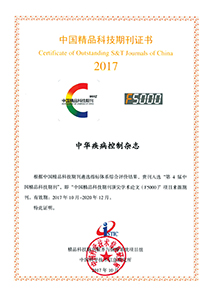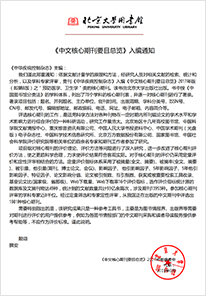2023 Vol. 27, No. 10
Display Method:
2023, 27(10): 1117-1121.
doi: 10.16462/j.cnki.zhjbkz.2023.10.001
Abstract:
2023, 27(10): 1122-1127.
doi: 10.16462/j.cnki.zhjbkz.2023.10.002
Abstract:
2023, 27(10): 1133-1139.
doi: 10.16462/j.cnki.zhjbkz.2023.10.004
Abstract:
2023, 27(10): 1140-1145.
doi: 10.16462/j.cnki.zhjbkz.2023.10.005
Abstract:
2023, 27(10): 1146-1152.
doi: 10.16462/j.cnki.zhjbkz.2023.10.006
Abstract:
2023, 27(10): 1188-1192.
doi: 10.16462/j.cnki.zhjbkz.2023.10.012
Abstract:
2023, 27(10): 1193-1203.
doi: 10.16462/j.cnki.zhjbkz.2023.10.013
Abstract:
2023, 27(10): 1212-1220.
doi: 10.16462/j.cnki.zhjbkz.2023.10.015
Abstract:
2023, 27(10): 1221-1227.
doi: 10.16462/j.cnki.zhjbkz.2023.10.016
Abstract:
2023, 27(10): 1228-1233.
doi: 10.16462/j.cnki.zhjbkz.2023.10.017
Abstract:
2023, 27(10): 1234-1240.
doi: 10.16462/j.cnki.zhjbkz.2023.10.018
Abstract:


 Email alert
Email alert RSS
RSS Abstract
Abstract HTML
HTML PDF
PDF





